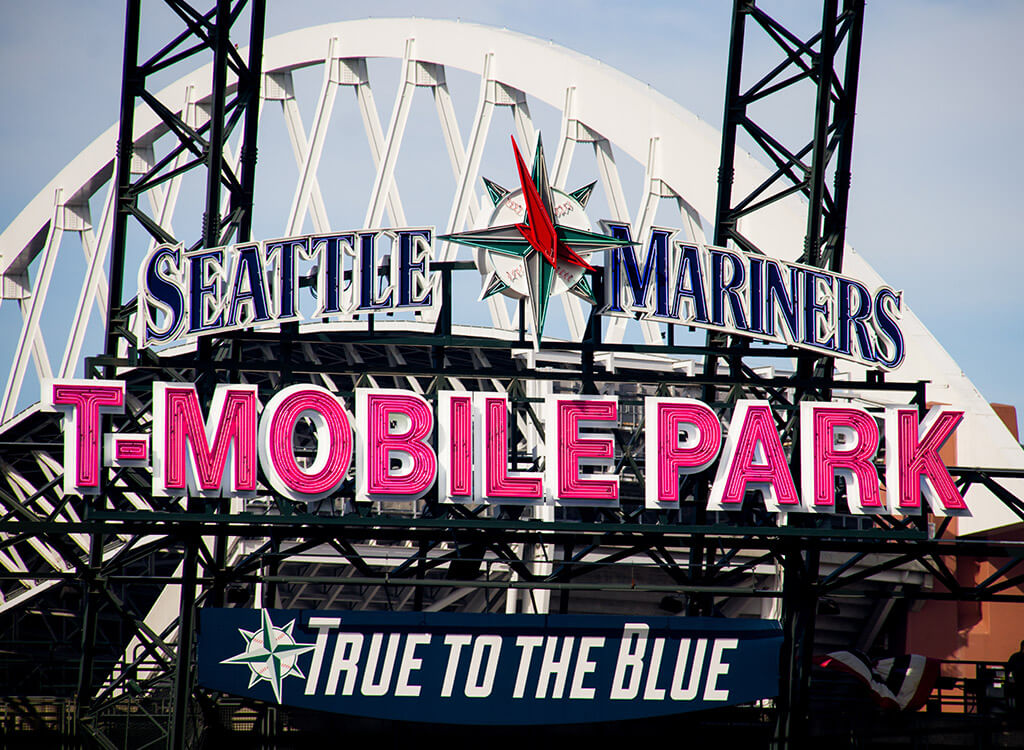There is much that agencies can learn from baseball.
Talent matters. You need a balanced roster. There are more contenders than winners. Only one team can win the (pitch) tournament.
And content matters. Great content connects you with your key audiences. It gives people a reason to pay attention. And in a world with so many options for our attention, it can help create some awareness and even consideration when the time is right.
Unfortunately, most of the agency content we read fails to help the agency stand out. Most of this content seems to be written as if the agency was the audience, and not marketers or consultants.
Agencies can learn how to create great content for themselves by abiding by the principles of baseball’s best blogger.
Advice From Baseball’s Best Blogger
Let me start by providing a quick introduction to who I think is baseball’s best blogger: Kate Preusser, editor in chief of Lookout Landing, a blog site devoted to my beloved Seattle Mariners. (Yes, I am biased.) Keep in mind that the Mariners have not been in the playoffs for over 21 years, the longest playoff drought of any team in any major American team sport. It takes talent and commitment to create compelling content about the Mariners, even with their recent winning streak and seemingly positive 2022 season under way. How does she and her team do it? And what can agencies learn from their approach?
Kate and the other writers at Lookout Landing are committed to “service journalism.” (She wrote about it here.)
Service Journalism and Agency Content
What does Kate mean by that? To meet their “service journalism” standard, all articles are reviewed by asking three key questions:
1. Does the content inform, enlighten, or entertain?
What’s this mean for agencies and their content? Marketers have precious little free time left over after putting in the 60-70 hours a week that is necessary to stay afloat at work. To break through, content needs to be able to catch the reader’s eye and intrigue them enough that they spend those few spare moments reading it instead of the wealth of other content competing for their time.
2. What is the value-add in asking people to spend time reading this article as opposed to doing something else?
What’s this mean for agencies and their content? The content that sticks with marketers and creates an impression is content that helps the marketer be better at their job. Great agency content should stand out by its usefulness. This usefulness gets the content shared and referenced.
3. Who does this help, and how?
What’s this mean for agencies and their content? The content needs to help the intended audience – whether that is marketers or consultants or analysts. Just as agencies develop content for their clients with an intended audience in mind, great thought leadership content needs to be crafted with the intended audience of the content in mind.
A Framework for Great Agency Content
Putting this framework all together, great agency thought leadership content is:
- Written with a specific audience in mind
- Provides that audience with useful, valuable knowledge
- Is special in that it informs, enlightens or entertains
Try using these filters in your agency content and let us know how it goes.
Once you buy into the above framework, you can put it to work best by reading one of the best books on agency content ever written: Sell with Authority by our good friends Drew McLellan and Stephen Woessner.
Steve Boehler, founder, and partner at Mercer Island Group has led consulting teams on behalf of clients as diverse as Zillow Group, Microsoft, UScellular, Nintendo, Ulta Beauty, Stop & Shop, Qualcomm, Brooks Running, and numerous others. He founded MIG after serving as a division president in a Fortune 100 when he was only 32. Earlier in his career, Steve Boehler cut his teeth with a decade in Brand Management at Procter & Gamble, leading brands like Tide, Pringles, and Jif.
